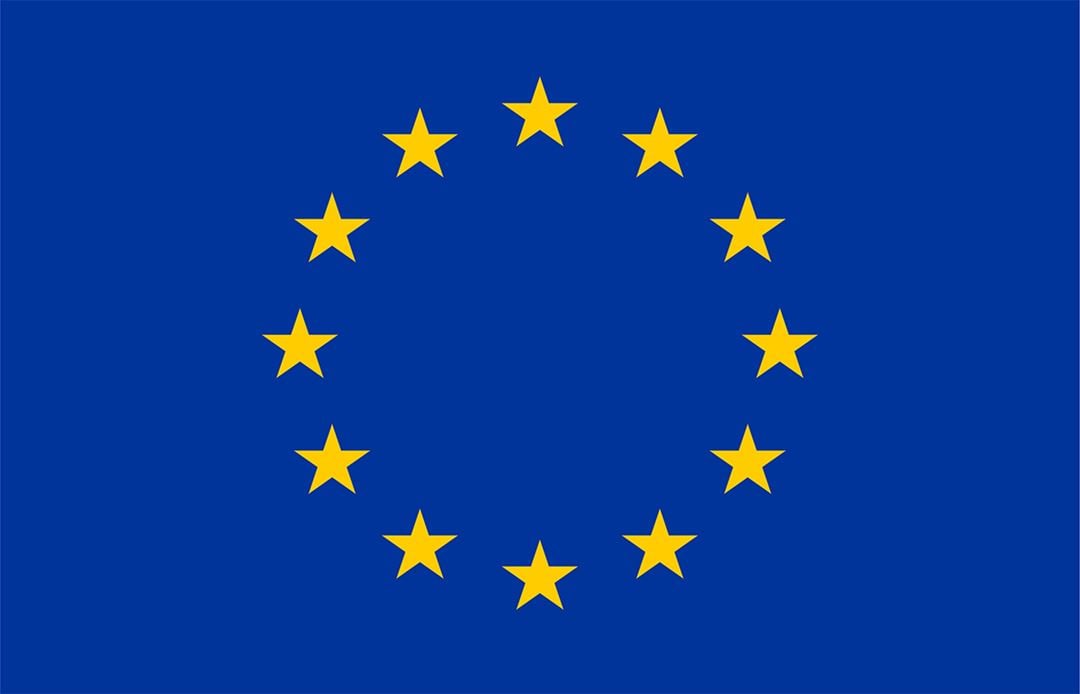CO2 capture process represents typically about 70% of the total cost of the CCS chain. Power plants that capture CO2 today use an old technology whereby flue gases are bubbled through organic amines in water, where the CO2 binds to amines. The liquid is then heated to 120-150ºC to release the gas, after which the liquids are reused. The entire process is expensive and inefficient: it consumes about 30 percent of the power generated.
One of the most promising technologies for CO2 capture is based on the adsorption process using solid sorbents, with the most important advantage being the potential energy penalty reduction for regeneration of the material compared to liquid absorption . Nevertheless, the challenge in this application remains the same, namely to intensify the production of a CO2 stream in terms of adsorption/desorption rates and energy use while preserving the textural characteristics of the sorbents. The key objectives of the CARMOF project are (1) to build a full demonstrator of a new energy and cost-competitive dry separation process for post-combustion CO2 capture based on hybrid porous Metal organic frameworks (MOFs) & Carbon Nanotubes (CNTs) (2) to design customized, high packed density & low pressure drop structures based on 3D printing technologies containing hybrid MOF/CNT to be used in CO2 capture system based on fluidized beds. The morphology of the printed absorber will be designed for the specific gas composition of each of the selected industries (ceramic, petrol products and steel) and (3) to optimize the CO2 desorption process by means of Joule effect combined with a vacuum temperature swing adsorption (VTSA)/membrane technology that will surpass the efficiency of the conventional heating procedures.
SINTEF is a partner in the project. SINTEF is heading the adsorbent development work package and carries out the major characterization work of the adsorbents and in the analyses of the adsorbent performance as selective CO2 adsorbents. The materials characteristics is then used to evaluate a full VTSA separation process in the various industrial contexts selected in the project.
Consortium:
- AIMPLAS - ASOCIACION DE INVESTIGACION DE MATERIALES PLASTICOS Y CONEXAS, Spain (Coordinator)
- "NATIONAL CENTER FOR SCIENTIFIC RESEARCH ""DEMOKRITOS""", Greece
- VLAAMSE INSTELLING VOOR TECHNOLOGISCH ONDERZOEK N.V., Belgium
- PROMETHEAN PARTICLES LTD, United Kingdom
- NANOCYL SA, Belgium
- PROCESS DESIGN CENTER BV, Netherlands
- CSP srl, Italy
- ELLINOGERMANIKI ETAIREIA DIACHEIRISIS APOVLITON KAI PERIVALLONTIKON EFARMOGON SOYK ELLAS EPE, Greece
- 6T-MIC INGENIERIES, France
- ABALONYX AS, Norway
- TITAN CEMENT COMPANY AE, Greece
- PETKIM PETROKIMYA HOLDING ANONIM SIRKETI, Turkey
- MOTOR OIL (HELLAS) DIILISTIRIA KORINTHOU AE, Greece
- QI ENERGY ASSESSMENT SL, Spain
- SINTEF AS, Norway

This project has received funding from the European Union's Horizon 2020 research and innovation programme under grant agreement No. 760884.
For more information about the project, see the web site https://carmof.eu/
